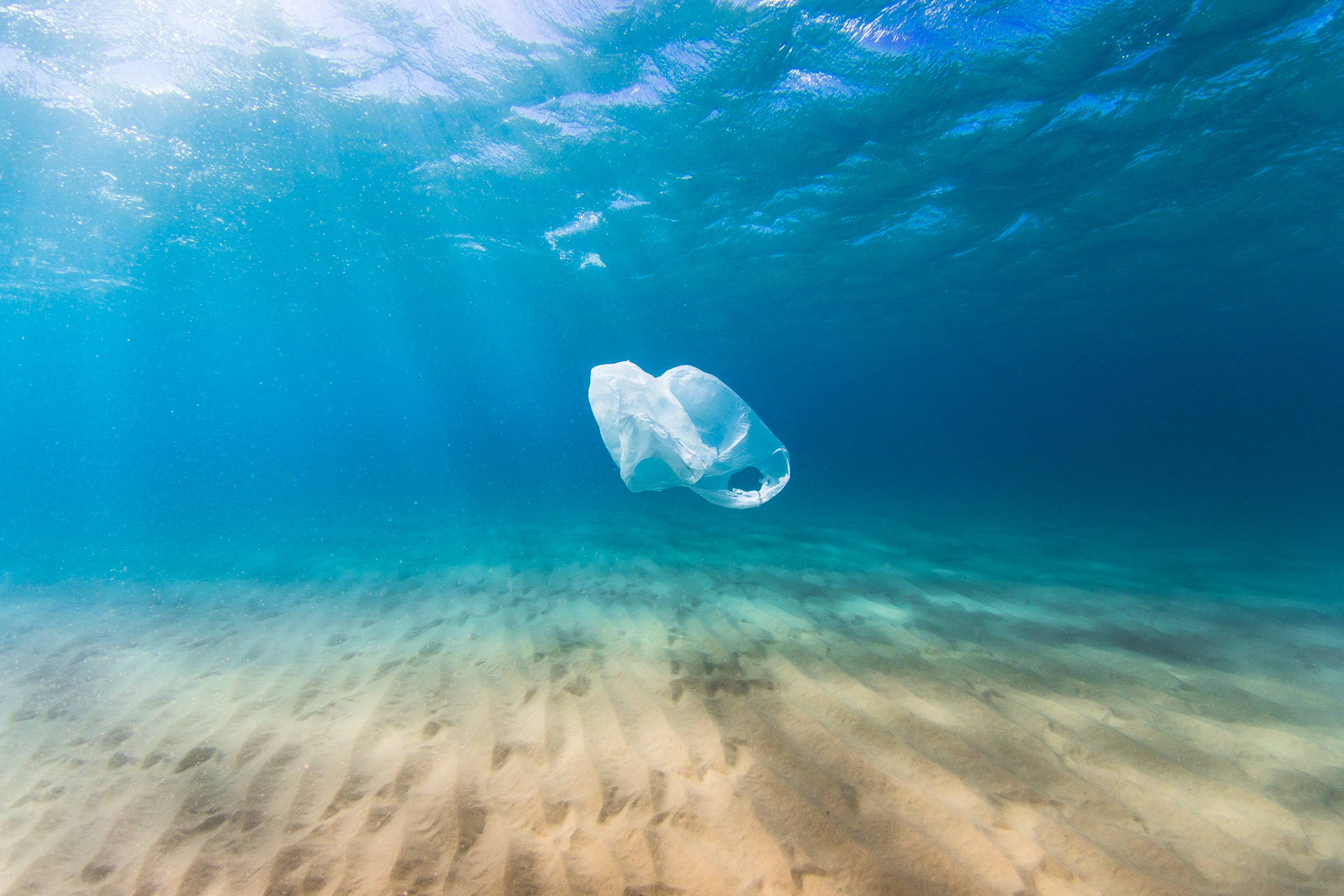Human litter and pollution create problems for nature and animal life, and the extent of the problem is steadily increasing. Each year over eight million tonnes of plastic ends up in the ocean; the equivalent of 15 tonnes every minute. Measured by weight, there will be more plastic than fish in the ocean by 2050 if humans do not change the ways in which we produce, use and dispose of plastic.
Eighty per cent of all the waste that ends up in the ocean stems from activity and industry on land. The remaining 20 per cent comes from activity at sea, especially from fishing and fish farming, shipping, and the oil industry. Research shows that as much as 94 per cent of the plastic that ends up in the ocean sinks to the ocean floor.
Plastic life cycle can vary from a few years to several centuries. Colder temperatures and lower exposure to UV radiation mean that plastic breaks down slowly in the ocean and over time, it is broken down into smaller and smaller pieces. The definition of microplastics are particles that are between 1 micrometre (1 millionth of a metre) and 5 millimetres in size. When the pieces of plastic are smaller than 1 micrometre, they are called nanoplastics.
Marine waste constitutes a threat to all animal life in the ocean, from the smallest plankton to the largest whales. There is increasing research on plastic particles in the digestive system of a wide range of seabirds, marine mammals, fish, turtles and invertebrates. Plastics can prevent the efficient uptake of nutrients because it can block vital functions in the gut.
What can be done?
New and extensive measures are urgently needed to prevent more plastic ending up in the world’s oceans.
One important measure is to put an end to the use of unnecessary disposable plastics. The UN recommends a ban on such plastics by 2022, and countries should follow this up with their own domestic bans. In addition, businesses that produce plastics should take the responsibility to develop alternatives to non-biodegradable plastics. Industries that produce plastics should follow up with their own industrial agreements and producer responsibility schemes.
Another part of the solution is to strengthen education and the international aid programs to further the development of infrastructure and waste management globally.
In December 2017 the UN Environmental Assembly adopted a global policy of zero tolerance to stop the release of plastic into the ocean. For the zero-tolerance policy to succeed, the UN resolution should be followed up by an international agreement to ensure the mapping of the sources of marine waste, increased market responsibility to prevent new deposits of waste, and the strengthening of waste management worldwide.
REV – Prioritized areas of research and innovation
The REV initiative will enable partners and collaborating researchers to develop:
- Water sampling that is able to reveal microplastics during science and expedition missions.
- Research on the effects of plastic waste and microplastics on marine life and in marine ecosystems, including the health consequences of microplastics in seafood.
- Fishing technology that does not contribute to plastic waste or ’ghost fishing’.
- Technology that systematically maps plastic waste.
- Research for the collection of waste from the ocean floor in a cost-effective way and without significant negative effects on ocean biology.
